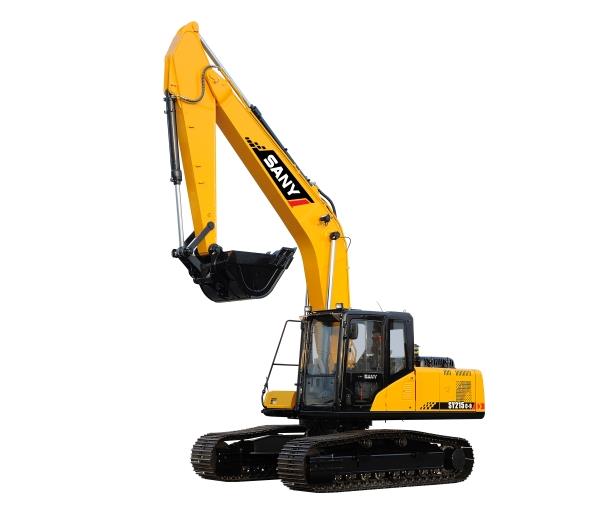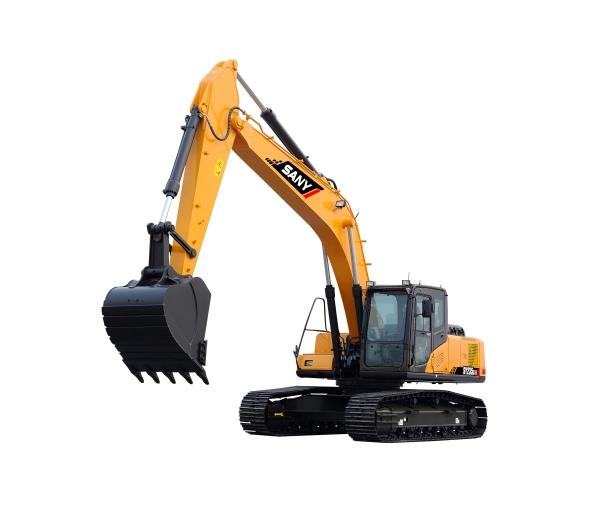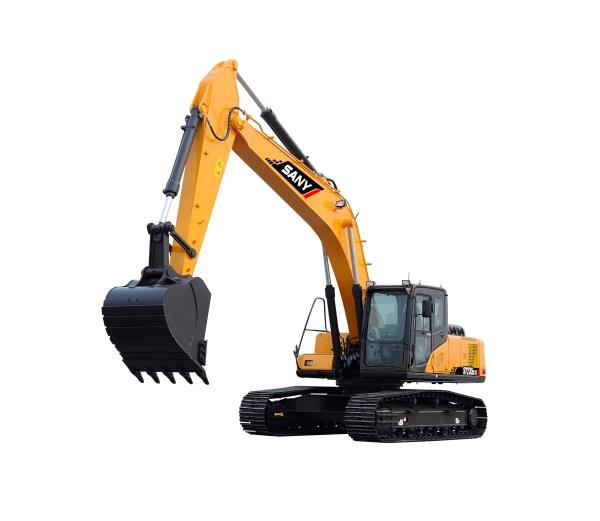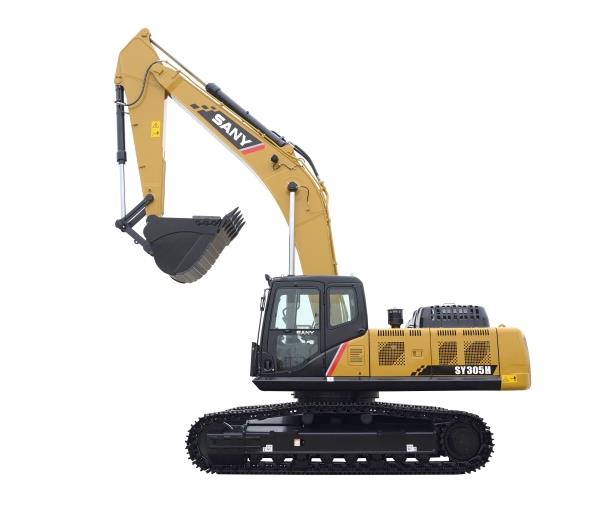Structure and working principle of excavators
16 February,2017
The first excavator was invented by Mr. William Smith Otis in the United States in 1837, which was powered by the steam at that time. The first swing mechanical excavator was invented in 1895, a milestone in the excavators history. The first hydraulic excavator was created in 1960s, in Germany, than it was introduced to Japan and other places, being widely applied across the world.
Named as the single armed Hercules, the excavators are commonly used in the construction industry, including excavation, loading, lifting and other application. From the industrial solutions side, it could be employed in civil engineering or heavy construction, building, pipe laying and private utilities, extraction, site preparation job, wood handling, recycling and waste management.
The structure of excavators can be divided into three parts: attachment, upper frame and under carriage. Main working attachment contains stick cylinder, boom, boom cylinder, stick, bucket cylinder, linkage, and bucket. As per the types of bucket arrangement, there are two popular kinds, backhoe and face shovel, and among them, backhoe is mostly common used.
The main parts of the upper structure includeswing assembly, counterweight, hydraulic pump, engine, main control valve, operation cab and swing platform. All movement and operation of a hydraulic excavator are completed through the use of hydraulic fluid, with hydraulic cylinders and hydraulic motors. Due to the linear actuation of hydraulic cylinders, their mode of operation is fundamentally different from cable-operated excavators which use winches and steel ropes to accomplish the movements.
The under carriage includes track, swivel joint, swing bearing, travel device, idler wheel, carrier roller, sprocket wheel, track roller, and X-frame. According to the types of ground contact, there are crawler excavator and wheeled excavator, and according to the length of undercarriage, it has stander crawler and long crawler.
PRE:The Pros and Cons of Excavators on Wheels
NEXT:SANY SY75C, best choice for 7 tonne small-sized excavators
Contact Us
Contact Us
Tel : 0086-10-69739318
Global Sales Hotline
Tel : 0086-731-85835199
Time : Mon–Fri 8:00 AM -17:30 PM (We will contact you within 24 hours)
Hot Page
- SANY 21.5 ton medium diggers SY215C excavate the hard iron mineral in Australia
29 Jun,2017
- 8 Pushing 'Made in China' to world's first class, Sany way
27 Feb,2017
- SANY America unveils new SY215C excavator with SANYLive GPS system
09 Mar,2017
- Australian veteran gives high appraisal to SANY mini excavator
23 Jan,2018
- SANY 5 ton Excavator's filter maintaining technique
26 Apr,2017
- How to maintain SANY digger machine in tough environment
28 Apr,2017
- Do you really know how to choose an SANY excavator
13 Jun,2017
- SANY SY465H excavator-Quality improvement - boom&arm
05 May,2017
- SANY 21.5 ton medium excavator SY215C used for rock breaking in mountain road construction
03 Aug,2017
- SANY SY335C excavators used in quarry in Nigeria
26 Apr,2017
- SANY SY210 excavator in a natural gas pipeline project
02 Mar,2017
- SANY micro digger 1.6 ton SY16C excavator used in urban construction in Australia
18 May,2017






